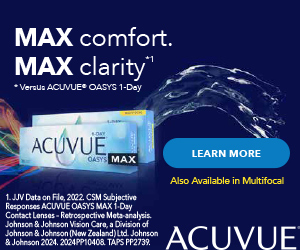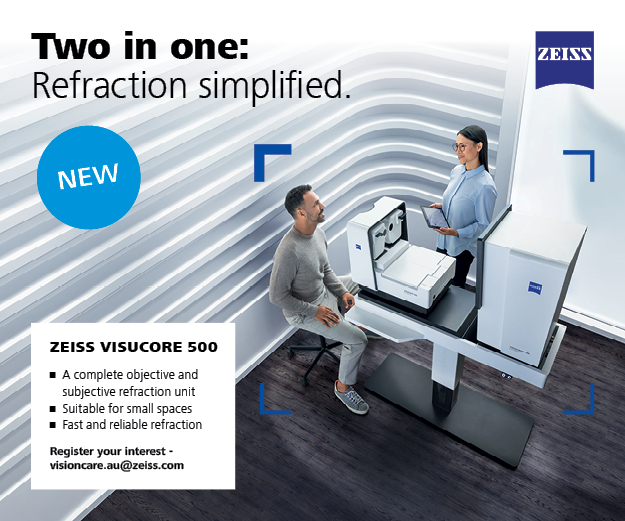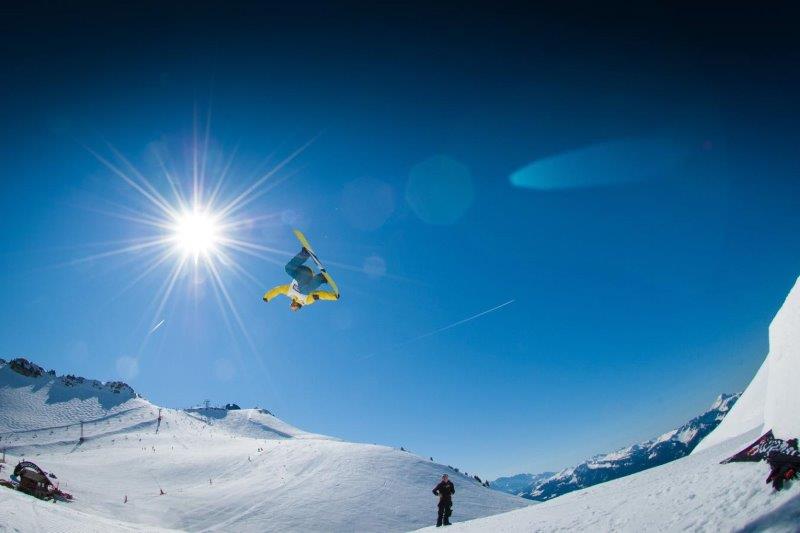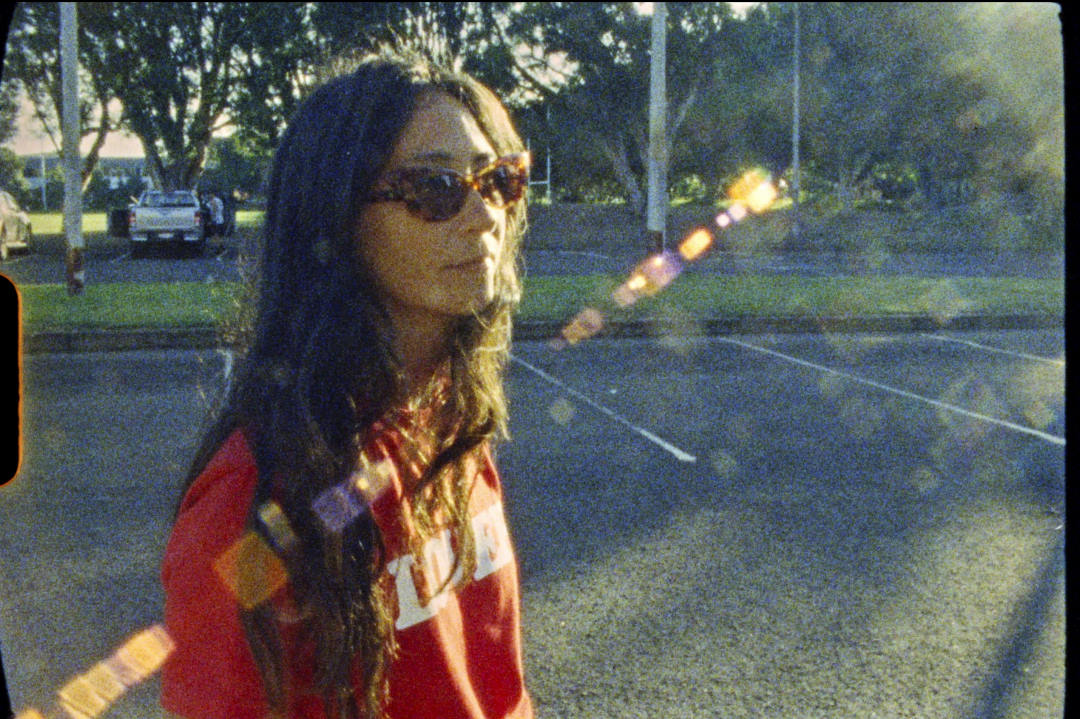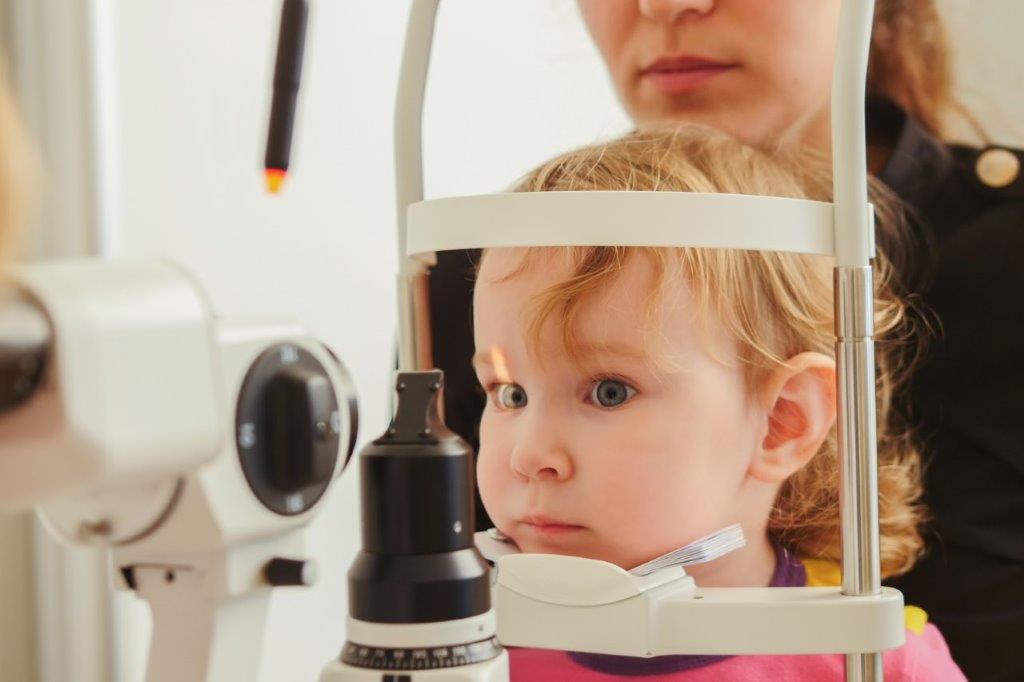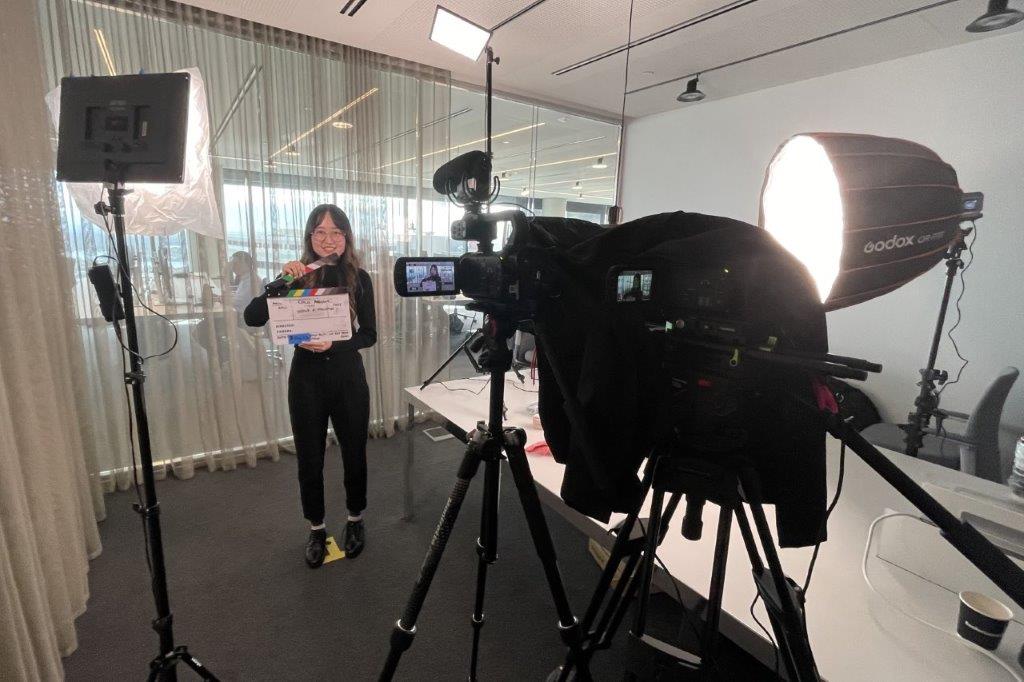Sun, slopes and the right eyewear
As cold weather begins to blanket the Southern Hemisphere, your patients are likely to be thinking about their winter sports activities. While some might be well-versed in the eyewear niche required to enjoy these adventures, others will require assistance when it comes to purchasing the goggles, sunglasses, or inserts that best suit them.
Some dispensing opticians (DOs) will hesitate to recommend winter sports eyewear as a second-pair option as the various features and technical specifications may seem intimidating. But it’s no different to regular eyewear, in terms of determining your patient’s needs and making recommendations based on their feedback. Here are a few basics to consider:
Why winter-specific eyewear?
We’ve all had the patient who wants to use one pair of eyeglasses for everything when they really need progressives, readers and a pair of suns; they insist on distance only, claiming they’ll “get by”. This may not be your ideal customer when it comes to winter eyewear, but just like any other patient who offers a list of objections, you’ll want to explain that winter-specific eyewear has its own benefits, including safety and visual clarity.

Vineet Chauhan, president of the Association of Dispensing Opticians of New Zealand, advises, “If the customer plays a specific winter sport, they may already have some idea of the kind of eyewear they hope to purchase, which gives us clues to start the process. The enquiry process needs to cover details such as how often they’ll use it, if it’s a hobby or a competitive sport, and how they expect the eyewear to perform.”
Then starts the education process, he says, where the optician imparts knowledge on appropriate fitting requirements, suitable tint, which of their needs can be met, and advice on any compromises. “This is followed by a demonstration process, using the display frames, frame catalogues, lens brochures, plus demo tools such as tint samples and polarisation filters to find the correct solution.”
Not all frames are equal
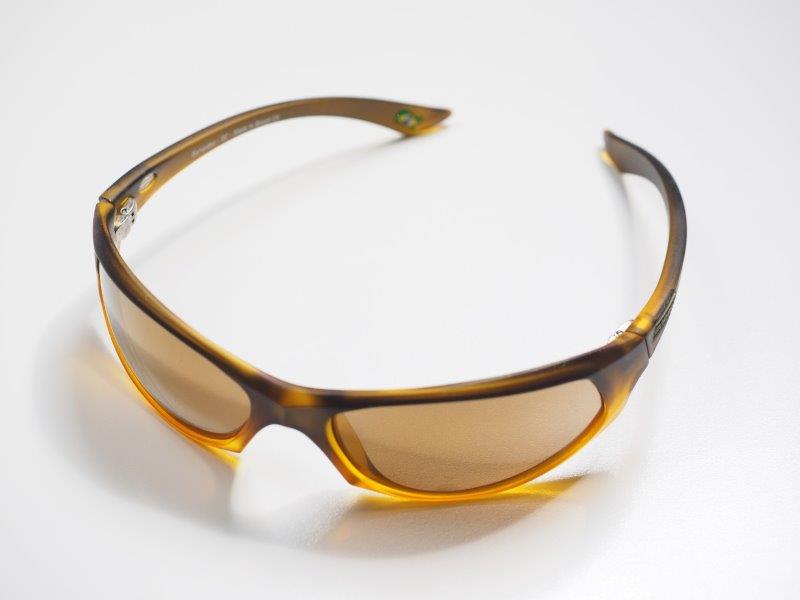
When it comes to winter-sports eyewear, it’s important to consider both function and fashion. Patients may initially be attracted to a flashy sunglass frame and want this to become their sport-specific choice, but that’s not always ideal. Having asked your patient about their outdoor activities, you can more confidently make the following recommendations:
- Metal frames should be avoided whenever possible as they can become bent; nose pad arms may also pose a danger to the face
- Goggle-style frames with a significant wrap are ideal for those with low to moderate prescriptions and will function well for a variety of activities
- Patients with higher prescriptions who don’t want to wear contact lenses can opt for a mask with a speciality insert
- Some frames feature air vents to reduce fogging for those who partake in strenuous activities
- Features such as foam inserts, non-slip temple tips and elastic straps can help patients to feel more confident in their eyewear during rigorous sporting endeavours
Some practices may not stock a wide assortment of frames with these components, so, rather than trying to guess if a specific frame will work for a patient just to capture a sale, it’s wise to take a different approach, advises Craig Parker, national sales manager for Black Eyewear. “It is silly to ask a customer to buy something that they cannot try on prior to commitment. It is either part of your business and meaningful enough to stock or it is not, and you should not take that customer’s business if you are giving them a less-than experience.”
It’s difficult enough for patients to properly visualise how their new eyewear will look and function in the real world, let alone a speciality pair for winter sports. Hence, being able to look, touch and try on is a crucial part of the dispensing process.
Looking at lenses
Just as winter sports frames are more specialised than an everyday pair of glasses, the lenses themselves need to be carefully considered. Patients with low to moderate prescriptions have a bit of an easier go as they are assured great visual clarity, but there are still other aspects to think about. Depending on your patient’s preferences and activities, you may find yourself recommending one or more of the following:
- Polycarbonate or Trivex lenses are a must, since impact resistance is a high priority
- Tints may be suitable for specific conditions – dark brown or grey tints are ideal for sunny conditions, while yellow or rose tints enhance contrast, which is great for many sports including skiing and snowboarding, but no good for anything that requires accurate colour perception
- Polarisation and/or mirror coatings are also popular among those who spend time on water or in the snow and can help reduce glare and increase visual clarity, increasing safety
- Photochromic lenses are another popular choice for outdoor enthusiasts as they will adapt and change to various lighting conditions
Popular with snowboarders and skiers, mirrored shield-style inserts can be fitted with prescription lenses for a range of acuities
One common frustration among patients with higher prescriptions who don’t wear contact lenses is that they are prevented from wearing ultra-wrapped goggle options. Thanks to new lens technology, however, this concern is almost completely eliminated. Head of marketing at Zeiss Vision Care ANZ Renay Lotz, explains. “Most lens designs can now be supplied in any curved sport style with no loss in visual performance. The magic lies with getting as much information about the frame, prescription, age of patient, position of wear and visual needs. With these technologies we can customise and individualise the lens surface for each patient based on their prescription and age. We consider the pupil size and how that changes as we get older and how that can influence our visual performance.”
Winter-sports eyewear is a specialised product and DOs and optometrists should use care when recommending products to patients. A little education goes a long way when dealing with frame designs and lens options, and by stocking an array of options for patients to actually see before purchasing, you’ll likely find a great deal of success with this type of sale.

US-based Courtney Elder loves all things specs-related, having worked in the optical industry for more than 10 years before pursuing a freelance writing career.




